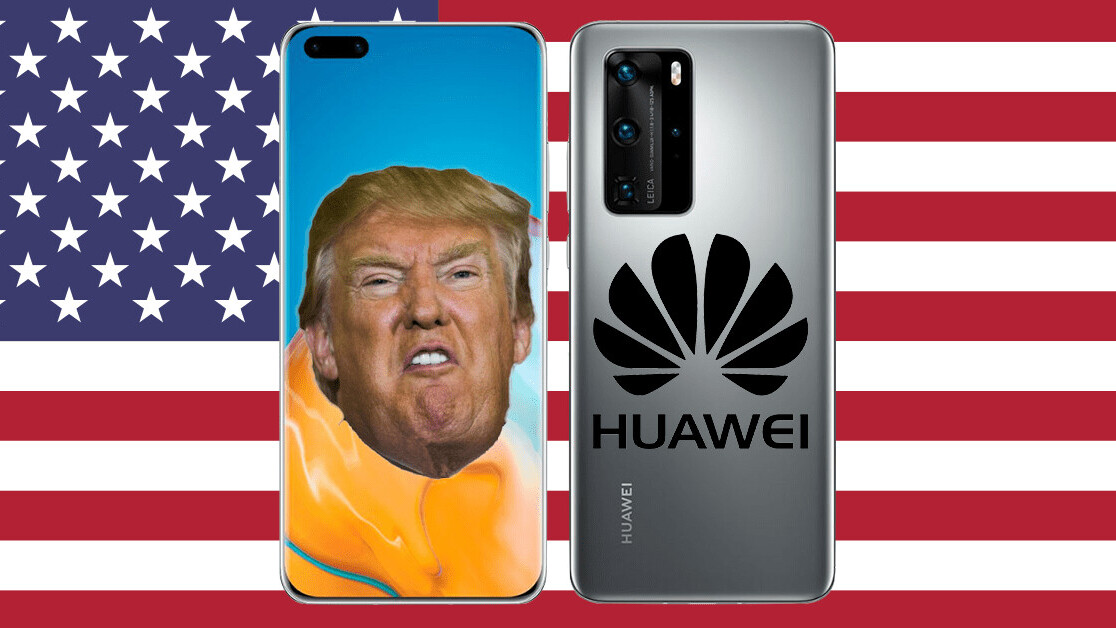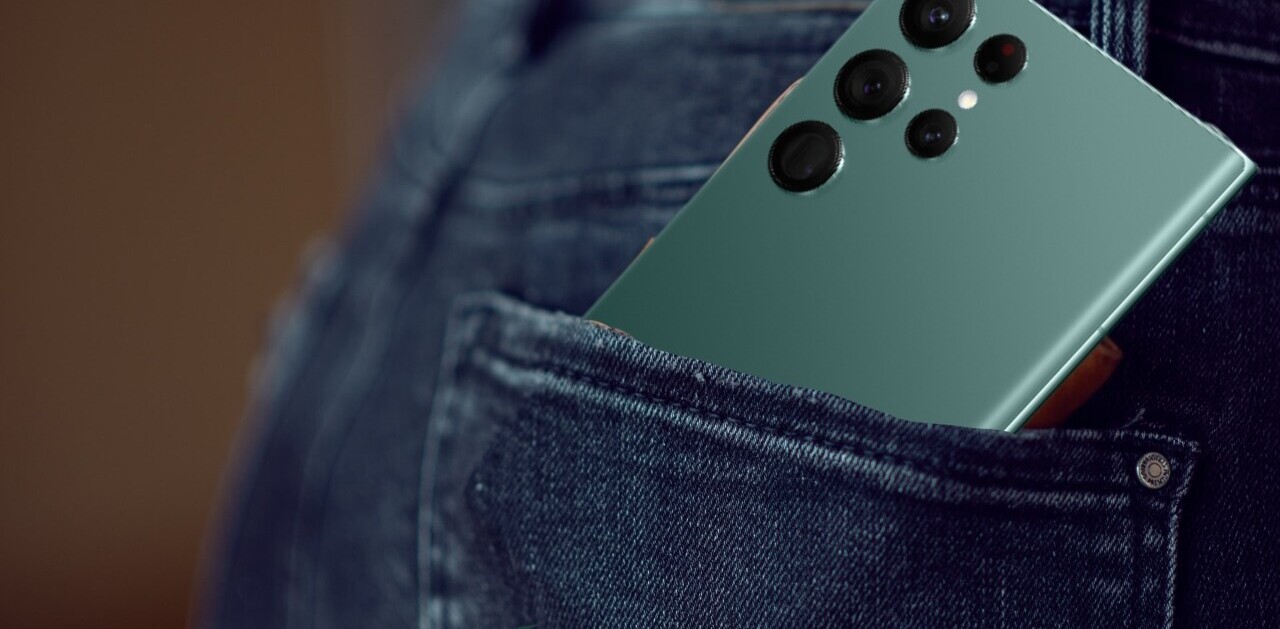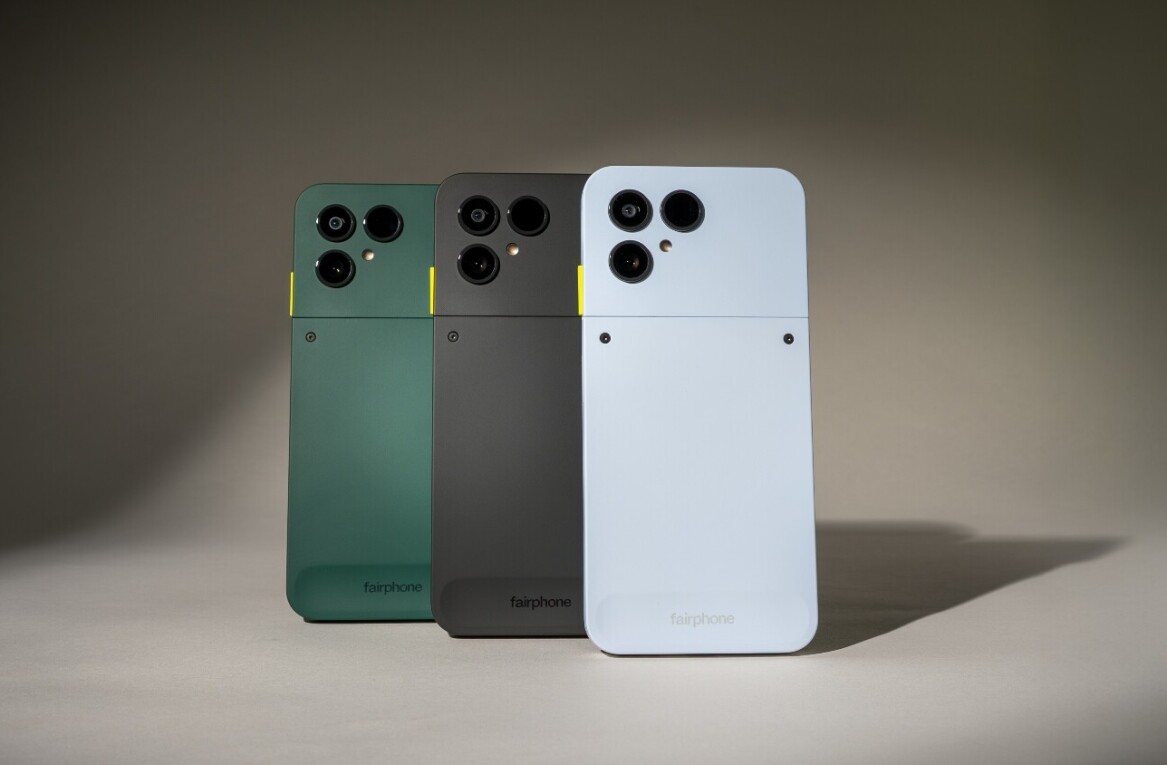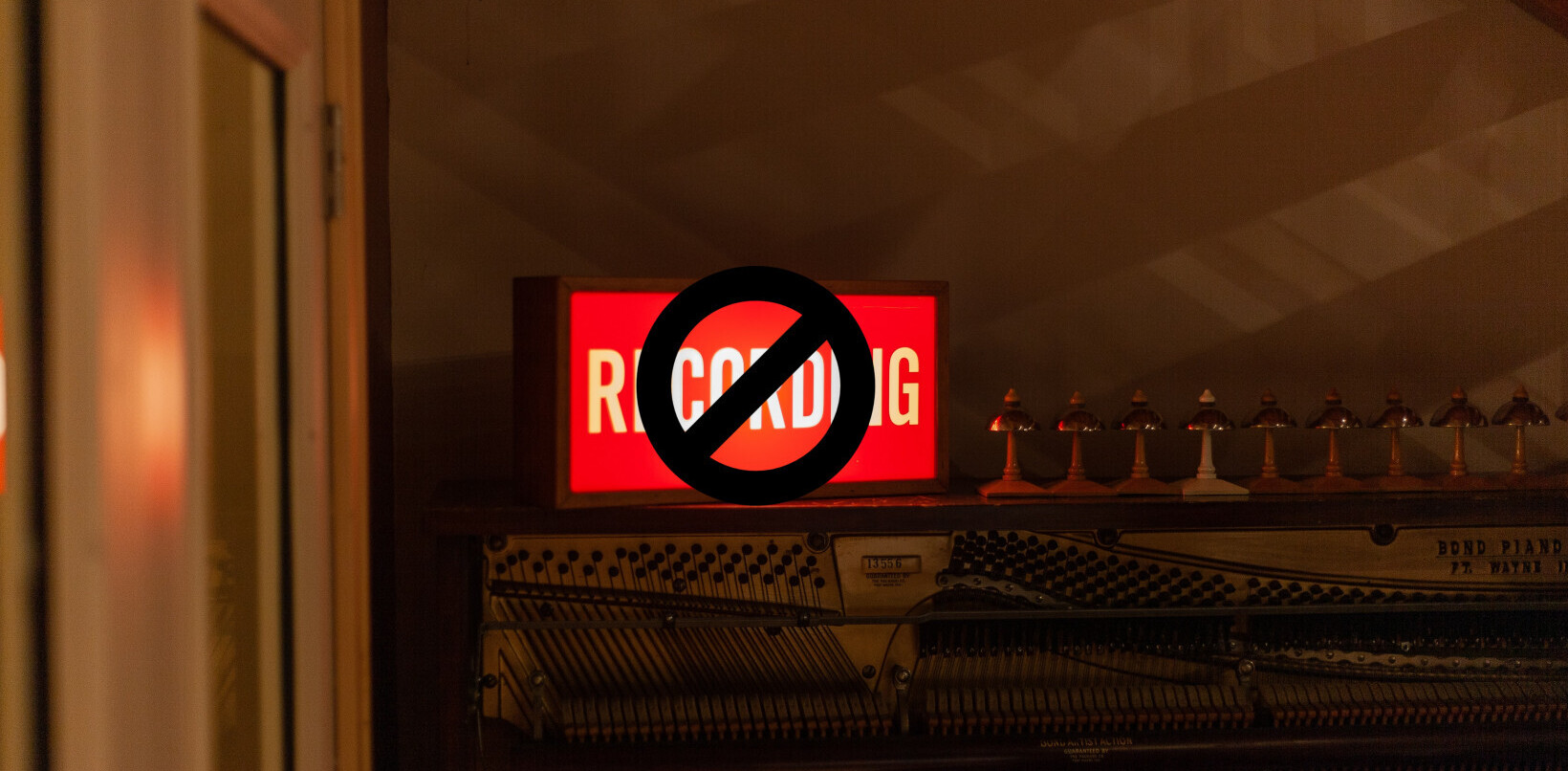
Remember when America effectively banned US companies from selling to Huawei? Well, it turns out things weren’t that simple, because a teardown has revealed Huawei’s new P40 has US components.
Yes, a Financial Times report showed that although Huawei’s P40 phone has less American parts than its predecessor, the P30, there are still a few US components in there.
But this is all a bit more complex than first impressions suggest.
[Read: Huawei P40 Pro first impressions: Superb hardware let down by shoddy software]
Although the Huawei P40 has US components, there’s a chance that this is completely legal and falls under the conditions of the ban. But let’s backtrack a little bit and get some detail in.
Why is Huawei’s P40 having US components a big deal?
Last year, Trump effectively banned US companies from selling to Huawei. This whole saga has been a bit of a mess — especially to the casual observer — but let’s try and summarize the events.
It started with the US putting Huawei on its “Entity List.” This meant that US companies couldn’t deal with Huawei, something that led to Google severing ties with the company and blocking it from using Google services on future phones.
Now, as a note, Huawei can still use Android on its phones — as that’s open source software — but services like Gmail, Maps, and Google’s app store are off the cards.
Since this original decision, the ban was extended. And then extended some more, with the current date sitting on May 15 — the fourth extension. One explanation for this is that it’s giving US telecoms providers the time to replace their Huawei hardware with something different, or simply get parts to repair it.
So far, so good?
Now, where it begins to get a bit more confusing is how US companies can deal with Huawei. The temporary license included under the ban allows US companies to deal with Huawei for existing products. Effectively, if they need to fix or maintain an item.
But businesses need a different licence to sell items for new hardware — and that’s where some of the controversy around this story is coming from.
Okay, so what are the American parts in the P40 phone range?
Well, have a look at the teardown from the Financial Times:

As you can see, the P40 has US components from three companies: Skyworks, Qorvo, and Qualcomm. These are all in the RF front end modules, which is part of the mobile that attaches to the antenna and is vital for making calls.
Circling back to the license, Qualcomm has received an exemption from the US government, but it isn’t clear whether the same is true for Skyworks and Qorvo. So far, there has been no confirmation of this one way or another.
This is obviously a terrible look for Huawei — and is particularly odd because a teardown of the recently released Mate 30 Pro showed no components from Skyworks or Qorvo.
What does this mean for Huawei?
Well, Huawei’s P40 having US components isn’t great, even if it’s total legal.
I contacted the company about this and am waiting for a proper statement, but the one thing they were clear about is they wouldn’t flout US rules like this. I’m not saying I trust the company implicitly, but it’d be a phenomenal, earth-shattering oversight if they included these components without the companies have the appropriate licenses.
But stranger things have happened.
Even if everything is totally above board, this is also a terrible bit of PR for company. I’m not taking sides, but it’s definitely a negative point for Huawei that it’s unable to build its flagship phone without US components at the moment.
Then you have the American element of this. It’s hard to not to see this as an indictment of Trump’s policies. While Huawei might not be able to make its flagship without US components, how long will this last? A year? Two? It’s hard to see the company not adapting.
In the end, all this ban will do is reduce America’s influence in the phone manufacturing sphere, stopping its direct involvement in some of the most advanced bits of technology in the world, and creating a more divided market.
At the moment, no one’s coming out of this looking good.
Update: Huawei sent us this quote about the matter:
“Huawei has always complied with any export control regulations of various countries, including the United States, all the product materials are obtained legally from our global partners, and we insist on working with our partners to provide consumers with high quality products and services.”
Get the TNW newsletter
Get the most important tech news in your inbox each week.




